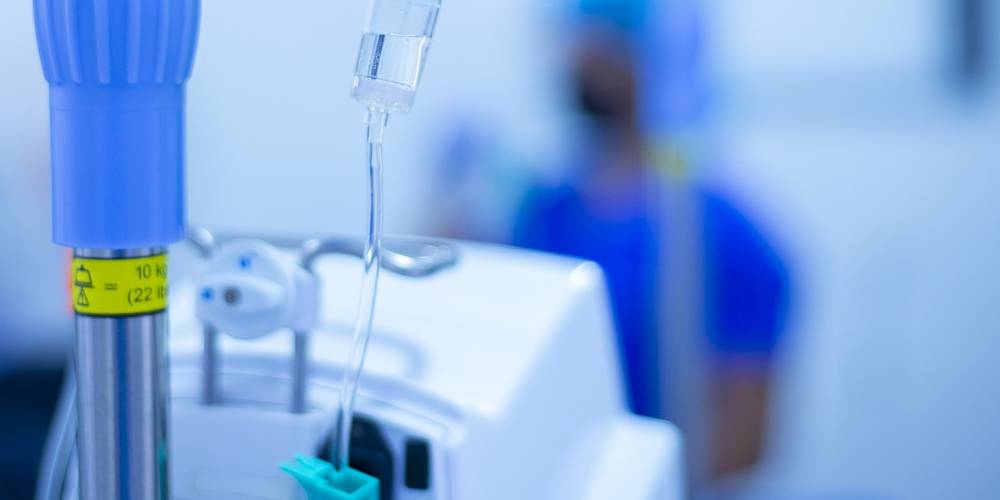Technology and Serious Medication Errors

What are the potential benefits and dangers of employing technology to prevent medication mistakes, one of the most serious and common medical errors?
The first comprehensive look at medical errors in this country was published in 1999 by the Institute of Medicine. To Err is Human: Building a Safer Health System estimated that preventable medical errors in hospitals kill as many as 98,000 U.S. patients a year. Of those, according to the report, 7,000 people die each year from a medication error.
The U.S. Food and Drug Administration relates that subsequent studies estimate more than 100,000 people may die each year from an adverse drug event. (And a 2016 John Hopkins study, “Medical Error - The Third Leading Cause of Death in the US,” found that as many as 250,000 people die each year in the United States from all types of medical errors.)
Types of Serious Medication Errors
Serious medication errors include:
- Wrong dosage
- Medication given to wrong patient
- Wrong medication given to the patient
- Drug administered in the wrong route
- Medication given to patient at the wrong time
So what can be done to prevent serious drug errors?
A May 2021 article on the website Pharmacy Times (“Detect Adverse Events and Medication Errors Using Technology”) outlines how hospital pharmacists can utilize computerized systems to protect patients from potentially fatal adverse drug events.
Hospital Technology Used to Prevent Drug Administration Mistakes
One example given is an automated distribution cabinet, also known as an automated dispensing cabinet (ADC). ADCs are computer-controlled and allow medications to be stored closer to patients rather than in hospital pharmacies. A number of technological safeguards, such as bar code verification, are designed to protect patients from drug administration mistakes.
The Pharmacy Times article also calls for the use of radiofrequency identification tags to combat medication errors made in hospitals. These wireless systems incorporate tags and readers to electronically store and monitor a wide range of data. One application can help assure the correct patient receives the correct medication in the correct dose.
Infusion pumps with smart technology may help reduce dangerous IV medication errors. These computerized pumps provide warnings when pre-programmed guidelines for drug administration are not being followed.
Research published in the March 2020 online issue of BMJ Quality & Safety concluded, for example, that infusion pumps aided with smart technology can reduce insulin administration errors compared to using “traditional” manual dose calculations.
Finally, Pharmacy Times calls for the careful use of electronic health records in reducing preventable drug mistakes. EHRs include key patient information relating to medication administration such as:
- Lab test results
- Medication route
- Drug screening systems to avoid adverse drug reactions
- Medication dose ranges
Medical Mistakes Made Using Technology
A reliance on technology is not without its dangers, however. Even the Pharmacy Times article notes that EHRs and smart infusion pumps are only as reliable as the data entered by healthcare providers.
ECRI is a nonprofit organization with a mission to improve the safety of healthcare. Last year it released a whitepaper titled “Top 10 Health Technology Hazards for 2020” that spotlighted potential medical errors caused by technology.
The report warned of “alarm overload” that occurs from an abundance of computerized medical devices. Caregivers may become overwhelmed by repeated warnings and notifications and ignore them, which could lead to a mistake during treatment.
Computerized medical technology aims to make healthcare more efficient, especially drug administration. Like doing an internet search, devices such as EHRs and ADCs offer medication names after a nurse or doctor enters the first few letters of a desired drug.
ECRI cautions that this can result in similar sounding – but wrong – drug options appearing and selected by the healthcare provider; and this type of medication error has been fatal.
So while technology may make healthcare safer, as with any of the treatment health care workers must be cautious and safety driven.
If you suffered serious injuries or lost a loved one unexpectedly while in the hospital, turn to a personal injury attorney to determine if serious mistakes in care were made.
The choice of a lawyer is an important decision that should not be based solely on advertisements.
Authored by Gray Ritter Graham, posted in Articles May 28, 2021
